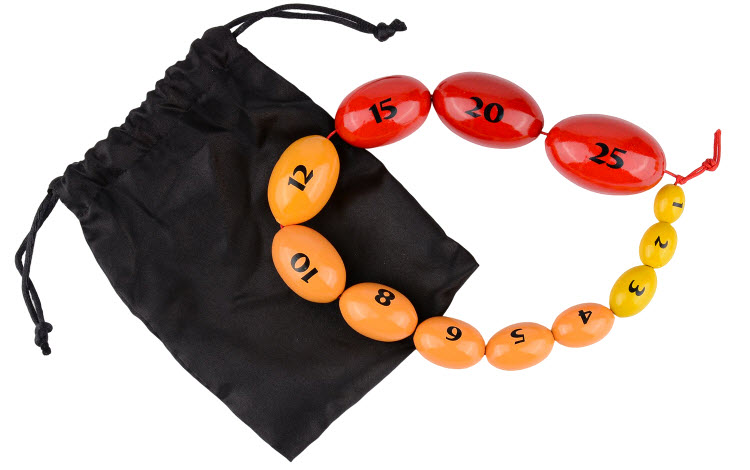Testicular Volume Measurement: What You Need to Know
Why need to measure testis volume or size?
The testes are responsible for the production of spermatozoa and testosterone in men. Approximately, 80-90% of testicular volume is made up of seminiferous tubules and germ cells. Thus, a reduction in the number of these cells is manifested by a reduction in testicular volume. Reliable and accurate determination of testicular volume is of great benefit in evaluating patients with a variety of disorders affecting testicular growth, development, and function.
How do you measure testicular volume?
Over the years, many instruments have been used for accurate, reliable, and convenient measurement of testicular volume in vivo. These include rulers, tapes, vernier calipers, orchidometers, graphic models, and ultrasound scans. Results with these instruments have been conflicting. So, we sought to critically assess the accuracy of the Prader orchidometer which is cheap and can be made readily available in our clinics for routine testicular volume measurement.
What is the Orchidometer?
The Prader Orchidometer is a chain of 12 numbered beads of increasing size from 1 to 25 ml used to measure the volume of the human testicles. The Prader Beads come with the key card and carrying case. Ideal for endocrinology students and endocrinologists. The beads are compared to the testicles of the patient and allowing a volume measurement to be recorded. Pre-pubertal sizes (yellow) are 1 to 3 ml, pubertal sizes are 4 to 12 ml (orange) and adult sizes are 15 to 25 ml (red).
What is the testicular measure used for?
Since testicular growth is typically the first physical sign of true puberty, one of the most common uses is as a confirmation that puberty is beginning in a boy with delay.
The discrepancy of testicular size with other parameters of maturation can be an important clue to various diseases. Small testes can indicate either primary or secondary hypogonadism. Large testes (macroorchidism) can be a clue to one of the most common causes of fragile X syndrome. Testicular size can help distinguish between different types of precocious puberty.
